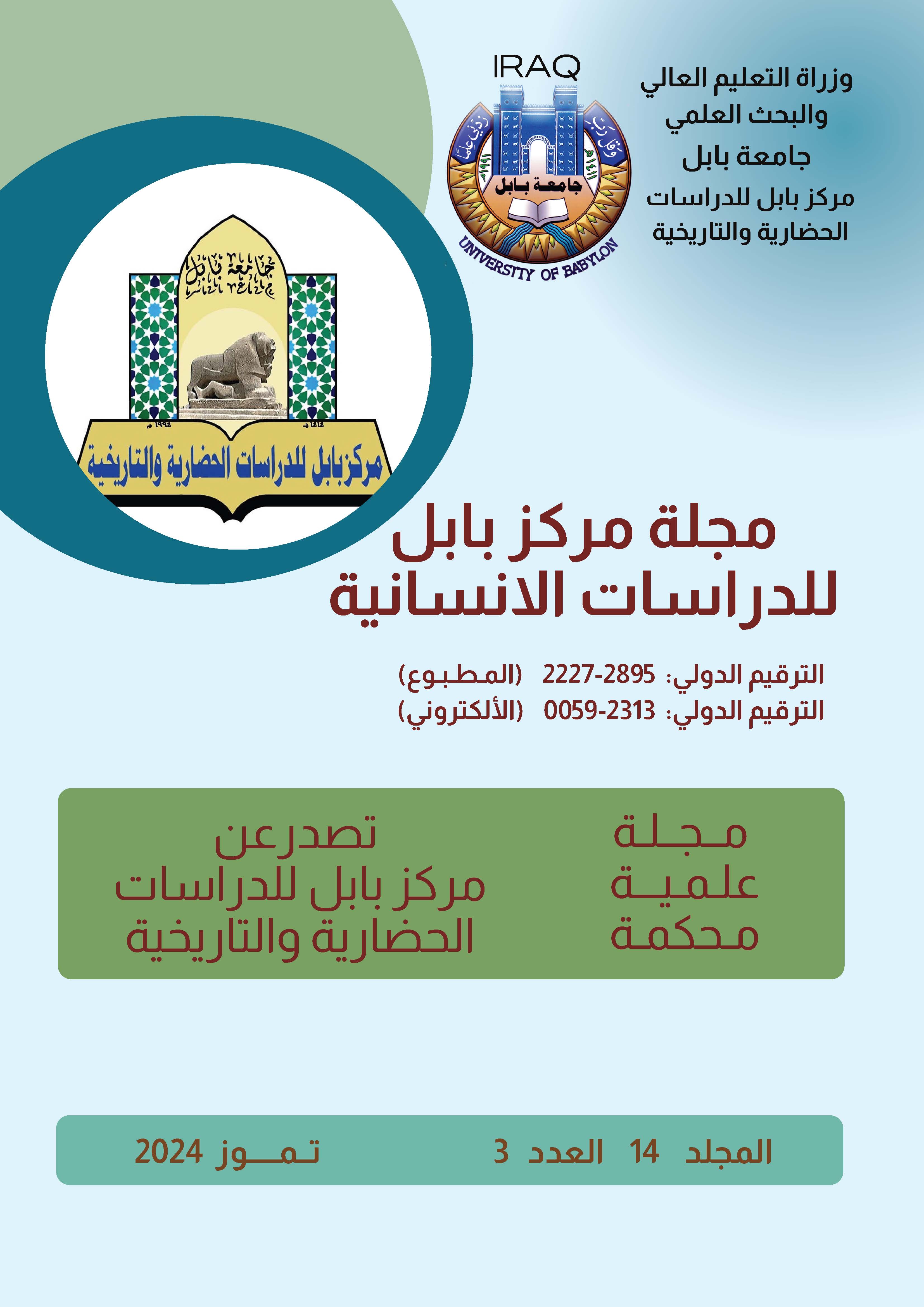Linguistic control in the writings of Imam Ismail bin Muhammad al-Asbahani (d. 535 AH)
Keywords:
setting, linguistic, imam, Ismail, Al-AsbahaniAbstract
This research aims to highlight the attention of Imam Ismail bin Muhammad Al-Isbahani (d. 535 AH) to linguistic control and to reveal the methods of controlling vocabulary that he used in his printed works. The research consisted of an introduction, a preface, two sections, and a conclusion.
In the introduction, I introduced the personal and scientific biography of Ismail bin Muhammad Al-Asbahani, and it contains two sections: The first section: The personal biography of Ismail bin Muhammad Al-Asbahani, which includes: his name, surname, surname, lineage, lineage, birth, and death, and the second section: The scientific biography of Ismail bin Muhammad Al-Asbahani Subhani, and it includes: his sheikhs, And his students, his academic status, the praise of scholars for him, and his writings.
In the first section, I explained the importance of linguistic control, and the efforts of scholars in this, as a manifestation of preserving words, restricting what is written, and preserving it from distortion, typography, and falling into error: verbally and in writing, or a way to avoid falling into confusion, illusion, or ambiguity caused by the similarity of vocabulary. Some of them together sometimes, and some lexicographers have stated the importance of precision in order to avoid falling into the aforementioned prohibitions. Linguistic control is also a way to tighten the orthography of words, to match their spoken pronunciation. Likewise, precision is considered one of the most important aspects of clarifying the semantic differences between words, and this comes from the richness of Arabic. In meanings, and its breadth in connotations, Words may be similar or similar in their meaning, and the way to distinguish between them is to control the movements of their letters and their structures. In the second section, I discussed Al-Asbahani’s methods for controlling vocabulary in his works, and I distributed them as follows: The first method: control by phrase (or control by letter, or control by text, or Control by description), the second method: control by meter (i.e., stipulating a famous meter similar to the word, or control by morphological scale), and the third method: control by example and representation (i.e., meter by words that resemble the metered pronunciation, or control by a famous example), and the fourth method: Control by combining two or more of the previous methods. I appended the research with a conclusion in which I mentioned the most important results I reached.







